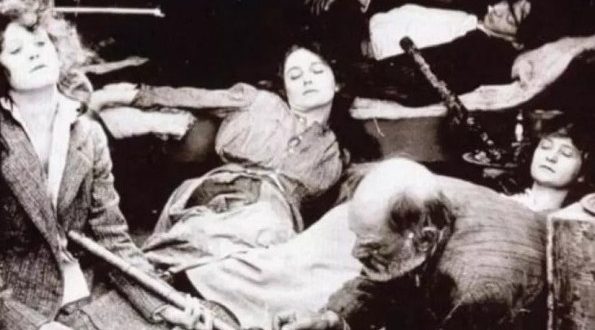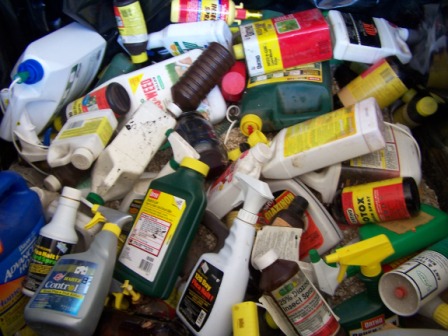History often repeats itself. We are supposed to learn from our past, so if it repeats itself several times, in theory, we should not repeat our mistakes. At a bare minimum with each occurrence, we should improve upon it. Recent discussions in Massachusetts revolving around funding and designating injection sites is in fact, one of these occurrences. In the 19th century, we called them opium dens, now we call them injection sites.
So what can we learn this time around? What can we do to improve the concept? What mistakes were made?
Opium which is derived from the poppy plant has been in use since 3,000 B.C.E. mentioned in cuneiform tablets from ancient Sumer. Even the ancient Egyptians and Greeks used the “joy plant.”
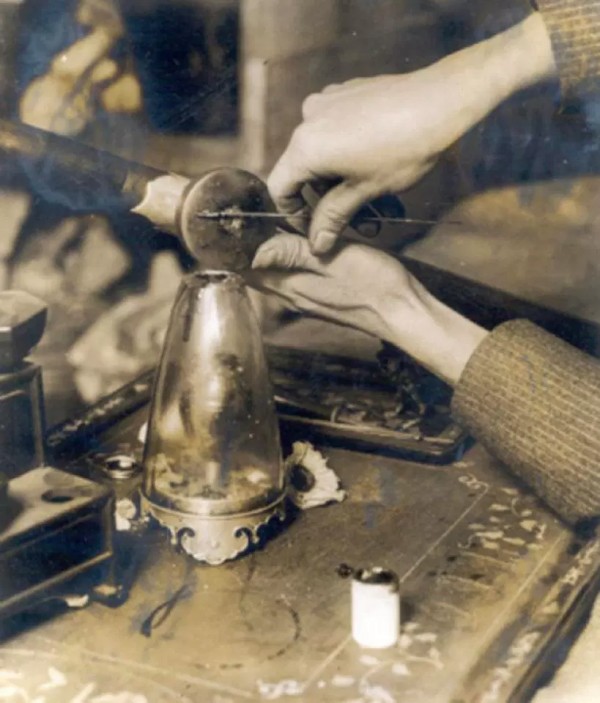
In the early part of the 19th-century opium entered the medical community for its effects on pain through the application of morphine or laudanum tinctures. The side effects were a peaceful, happy, oblivious feeling – something attractive to those who were not undergoing any physical pain and in need of something like morphine. Have insomnia? A migraine? Parents even gave small doses to their cranky children. Even companies like Bayer got involved.
This led to a world gripped by recreational use of opium, and opium dens – establishments where opium could be bought and smoked at one’s leisure – popped up all over the world, including North America. New England loved the stuff so much that at one point in 1840 24,000 pounds of it came in through U.S. Customs who, of course, promptly put a duty fee on it. Large shipments like these were feeding New England’s appetite. These opium dens would provide a safe, relaxed environment for opium addicts to get high and even provide the oil lamps and special pipes with which to smoke it. Many had female attendants who would also offer sex for a price.
In the 1870s many large cities in the U.S. began to ban these opium dens and just like the Prohibition that would come in the 1920s it fueled public displays whereby the “product” would be destroyed. Confiscated opium and its paraphernalia would be dumped onto massive bonfires right out in the open.
And just like during the Prohibition it just forced use underground – into back alleys, “Speakeasies” or onto street corners in low-income neighborhoods. This, of course, raised crime, addiction and death rates. Opium use was so prevalent and such a large societal problem that in 1911 the New York Times said “Of all the nations of the world, the United States consumes most habit-forming drugs per capita. Opium, the most pernicious drug known to humanity, is surrounded, in this country, with far fewer safeguards than any other nation in Europe fences it with…we can buy it, in almost any form, in every tenth one of our drug stores.”
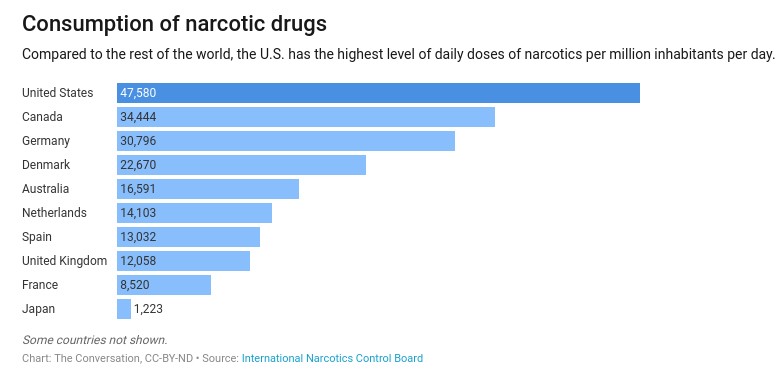
3 years after that headline the Woodrow Wilson administration would enact Harrison Narcotics Tax Act which restricted the distribution and sale of heroin, opium, and cocaine. Eventually, Congress would make it illegal to produce, import or sell heroin. This had a dramatic effect on users who were addicted, millions of Americans.
Then, as now, opiates affected every stratum of society, rich and poor, homeless and those with extravagant homes, from the plumber to the doctor, men and women alike. So while the form of the poppy plant derivative has changed – from a small, sticky “rock” placed in a pipe bowl to a prescription pill. We now have Vicodin, Demerol, Dilaudid, Percocet, Fentanyl, Codeine, Oxycontin, Methadone and other narcotics handed out to the general populace by doctors.
Our country is now in quite a “pickle.” We have an estimated 30 million Americans addicted to some opiate. As addiction rates rise so do crime and overdose rates. We have a full-blown epidemic on our hands and there is no segment of society unaffected – we all know someone who is or was addicted.
So here we are – we’ve come full circle. The sad aspect of the story is that this means that opiates never went away when it comes to the scale of usage, crime rates, and addiction. It simply fluctuated. Back “then” we thought putting laws on the books would address the problem, it clearly didn’t work. All the laws, the “War On Drugs” has done nothing to address drug use and the crime that comes with it. It is an outdated idea that hasn’t been proven to work, yet people persist in promoting it.
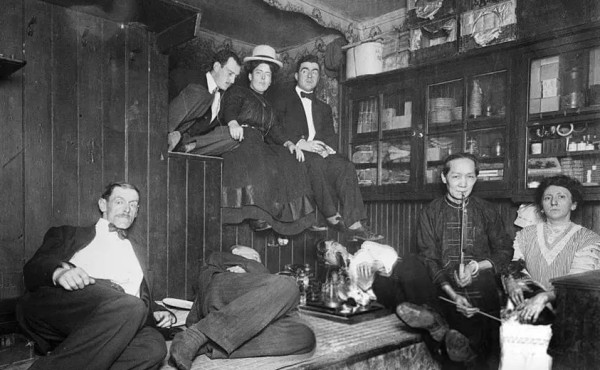
So what is the new tact we must take? Do we need to think outside the box? Consider more progressive ideas? Model another nation’s success story if that exists?
If we continue to practice an ineffective idea and expect it work we are perpetuating the epidemic. The proverbial maxim states “The definition of insanity is doing something over and over again and expecting the same result.” Einstein echoed this maxim when he said: “We can’t solve problems by using the same kind of thinking we used when we created them.” We need to seewhere the needles are being deposited. A fight against an injection site is a fight to keep discarded needles at parks, on sidewalks, where our kids play, where we walk our dogs, etc. – society pays the price. Another idea is reducing death by overdose since medical services are available as opposed to finding an addict overdosed (and possibly died) in a public place. One facility in Canada that has been open since 2003, has had more than 3.6 million injections with more than 6,000 overdoses. The death count? Zero.
Another idea is that when they are at these sites those who want to kick the habit can reach out to experts who can assist them in doing that. And yet another is a reduced burden on our emergency systems: a monumental amount of time and energy is required by Fire Departments, Police Departments, EMTs, etc. to respond to overdose calls, not to mention they are tied up and busy and may not be able to respond quickly to other calls.
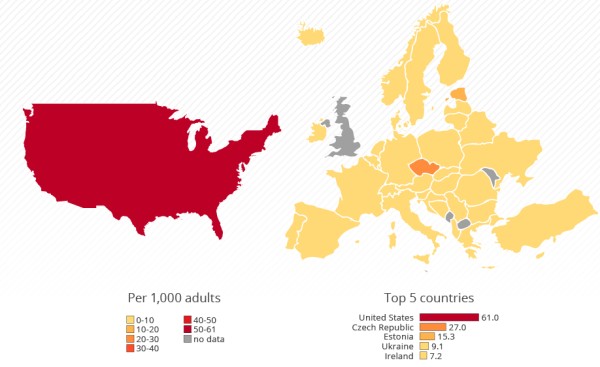
Opioid use at least once in the past year. Photo by data.unodc.org.
Forcing them to become outliers with little to no contact with those people who can help them kick the habit is a guarantee that they never recover swelling the ranks of addicts and keeping them committing crimes to feed the habit – again society pays the price.
At the end of the day, these are human beings – our cousins, brothers, sisters, moms, dads, friends. At the epidemic level it has reached in New England there is no one we don’t know that hasn’t had a run-in with opiates. They made a bad, bad mistake once and now they are hooked – physically and mentally. The measure of a society is how they treat their poor, destitute, downtrodden and needy and society, a community, a household, a neighborhood, a team is only as good as its weakest link. It’s up to the ones in a better position to hold out a helping hand or be a role model.
Pushing addicts to the point that they have been dehumanized and worthless is exactly the thought process that the Third Reich utilized to justify the slaughter of millions. First dehumanize them, turn them into monsters, then it becomes really easy to discard them. That discarding actually perpetuates the opiate crisis, creates more shared needles which lead to increased spread of diseases, and ensures they toss their needle on the ground somewhere – it makes us indirectly to blame. We like to blame “Big Pharm,” the user, and the dealer but we play a small role when we push addicts into a position of little to no value and into alleyways or a hidden part of society.
Whether the sticky poppy tarball of the opium den or the heroin in a needle – it’s still an opium-based. Guess what else is? That Oxycontin, Percocet, Vicodin, and Codeine that you, your parents, the doctor, the school teacher, lawyer, plumber or warehouse worker take in private. Put it in a pipe, syringe or in pill form it’s the same drug and you are all drug users – it’s hypocritical to think otherwise.
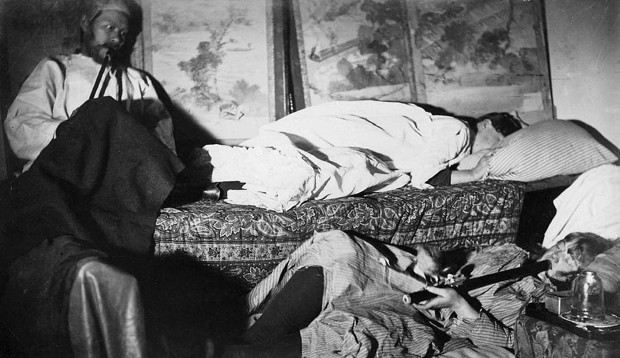
What’s the difference? Only one: the delivery system. This time around we are injecting the opium. Smoking it didn’t come with transmitting a variety of diseases like happens today. Shooting it spreads disease and creates the need to dispose of those needles. That’s it. By providing injection sites we help addicts quit, reduce the frequency of discarded and dirty needles in public places and therefore the spread of disease, and we make our environment and ourselves safer. So see: it’s not about them, the user – it’s about us, society, our neighborhoods, as human beings.
A peer-reviewed study with the US National Library of Medicine National Institutes of Health asked “Does evidence support supervised injection sites?” The results: “…they are associated with lower overdose mortality, fewer ambulance calls for treating overdoses, and a decrease in HIV infections.” Those things benefit us too.
Fact is that we had “injection sites” in the form of 19th-century opium den – addicts are still here because we threw laws at addicts, threw the police at them, banned them, forced them underground, burdened our emergency system responders, and what did that do to addiction rates? Nothing. What did the “War On Drugs” do? Nothing. In fact, we lead the world in cocaine use, opioid use and overdoses leading to death. Our wrong approach hurts society, us.
So with a perspective on history’s mistakes, we won’t repeat those mistakes, right?
 New Bedford Guide Your Guide to New Bedford and South Coast, MA
New Bedford Guide Your Guide to New Bedford and South Coast, MA

